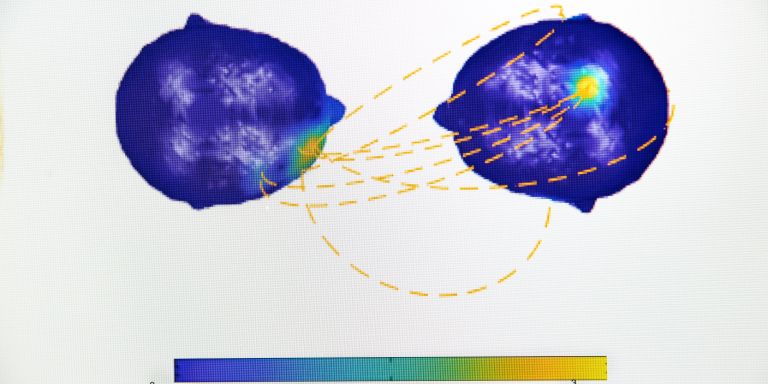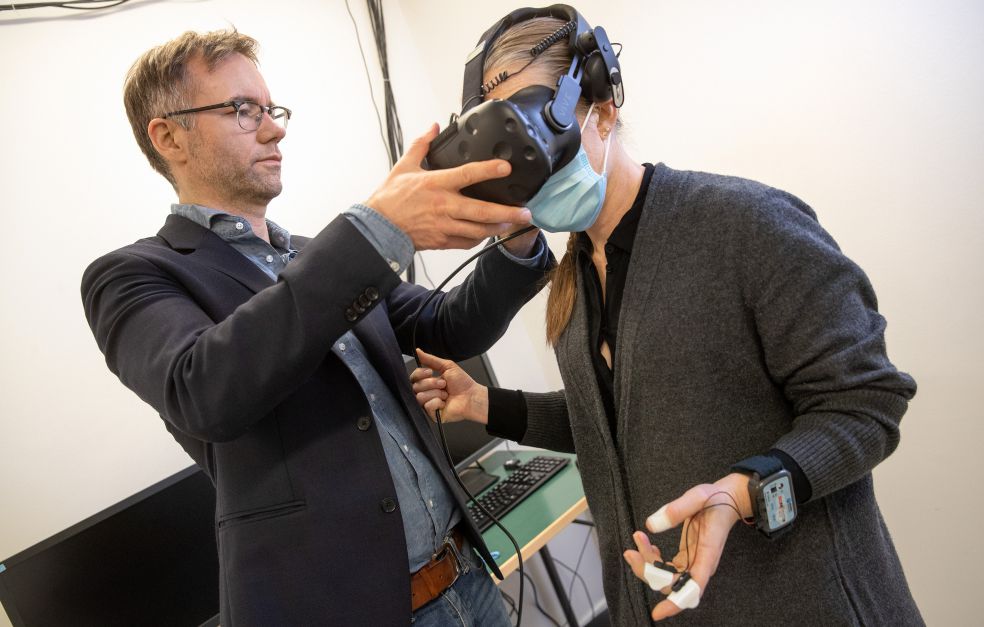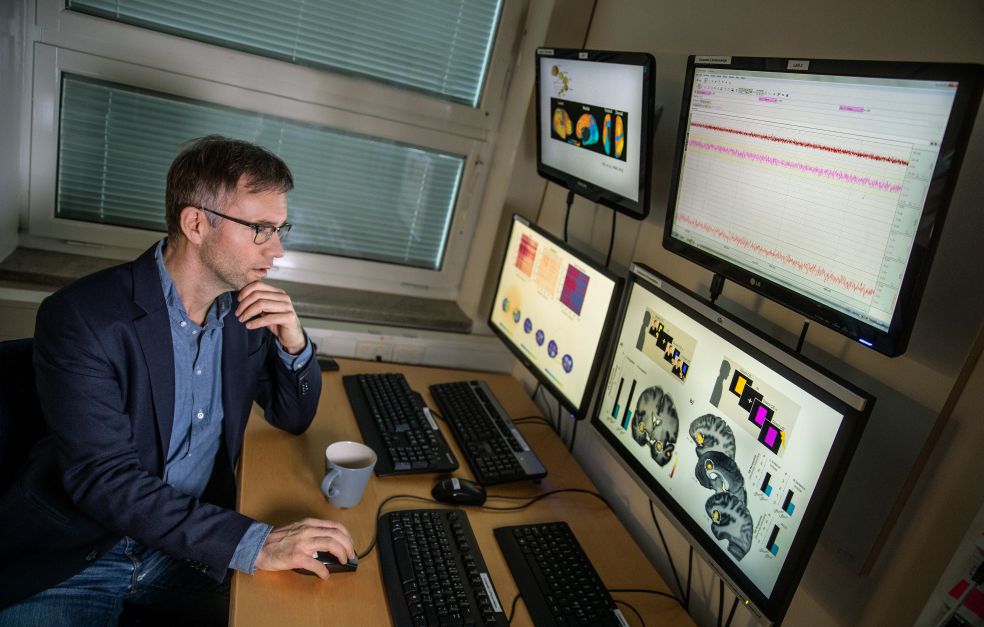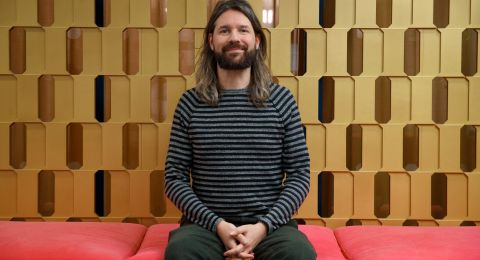Wallenberg Academy Fellow Andreas Olsson is researching on emotional learning in social situations. He is mapping mechanisms in the brain that control how we learn social threats, fears and values. The research may ultimately lead to new tools to address a range of phenomena, from anxiety to antisocial values.
Andreas Olsson
Professor of Psychology
Wallenberg Academy Fellow, prolongation grant 2018
Institution:
Karolinska Institutet
Research field:
Understanding the mechanisms that facilitate aversive learning and other emotional processes in social situations
The brain’s process of learning fears and values is founded on ancient principles that we also share with other animals. One example is that of socially conditioned fears, which have evolved as a response to the critical problems that our ancestors faced. Olsson elaborates:
“Many people feel anxious in a crowd or among people they don’t know, and quickly learn to be afraid of such situations. Anxiety and fear can lead to evasive behavior, which becomes self-perpetuating and limits our ability to reconsider the danger in what frightens us.”
Visceral reactions to perceived threats – both inherited and learned behaviors – served us well once upon a time, but can create obstacles in modern society. In a stressful situation we may become paralyzed with fear, with an accompanying risk of accidents. In some people, an inability to cope with fear can give rise to anxiety disorders and depression. The digital environment exposes us to an infinity of fear-relevant information.
“Our brain has been shaped by biological evolution, which moves at a snail’s pace compared with cultural change. Nonetheless, several types of social threat persist: violence, threats and a lack of trust between individuals and different social groups,” Olsson points out.
Learning from our surroundings
The biological and psychological mechanisms controlling social learning remain relatively unknown. But earlier studies based on animals have shown that social learning is strong. Learning can be assimilated direct from others simply by watching and listening to them.
An illustrative example is that of apes born in captivity. They can develop a lifelong phobia of snakes without having had any experience of the reptiles. They do so after only once observing fear of a snake displayed by another ape. This is known as “one-shot learning”.
Similar mechanisms exist in humans.
“In the absence of any experience of our own about what is threatening, dangerous or the social norm, we learn these things by observing other people.”
The research includes experiments in which volunteers are asked to respond to various stimuli. The researchers simultaneously measure eye movements, sweating and brain activity.
“We can detect signals with very high time resolution – thousandths of a second – and see how your brain reacts in relation to mine when you watch me and I express fear of something.”
Synchronizing nervous systems
A key finding from the experiments concerns synchronization between the nervous systems of individuals. We update our knowledge of the world around us in the same way whether the experience is our own or one observed in another. Partially overlapping neurobiological systems and functions in the brain are activated in both people. Olsson gives a commonplace example:
“If you watch me while I burn myself on the stove, systems are triggered in your brain that are involved in social cognition, along with systems that would also have been activated if you had put your hand on the hot stove.”
This system likely has an ancient evolutionary background.
“We can hitch a free ride on the dangerous experiences of others without needing to expose ourselves to risk.”
Other experiments have revealed more mechanisms. For instance, memories that we ourselves create by direct learning can be reawakened merely by seeing other people express stress or discomfiture. And when the memories are traumatic ones, it may suffice just to see a film or a play.
“We’ve performed similar experiments on mice and on people, and have found that these mechanisms work in the same way between the species.”
Learning better from similar people
The research has also revealed a gap between individuals from the same group and those outside that group. We learn better from someone we can identify with.
“This may be due to the perception of trust and shared experience. A person resembling ourselves receives more of our attention, and we therefore learn more from that person.”
Then there is the question of conformity, or “peer pressure”, as it is generally known. If many people behave in a given manner, it will have a greater impact on us, with potentially positive – or negative – consequences.
“We have seen that the greater the majority of people who behave egotistically, the greater the likelihood that the individual will behave in the same way.”
“The funding is invaluable in several ways. We’re able to keep a team together and develop ideas over an extended period, and examine issues in a consistent manner. We’ve also been able to afford a VR lab, in which we transfer experiments to a more realistic environment.”
Olsson is driven by an intense desire to understand the human being, both as an individual, and as a node in a social network. He is keen that his research findings should aid our understanding of our day-to-day behavior.
“We can develop better tools for countering antisocial norms, which are disseminated quickly via social media these days. Social media play to our less flattering social tendencies. Social learning is vital, but in these contexts may lead to undesirable consequences.”
Text Nils Johan Tjärnlund
Translation Maxwell Arding
Photo Magnus Bergström






